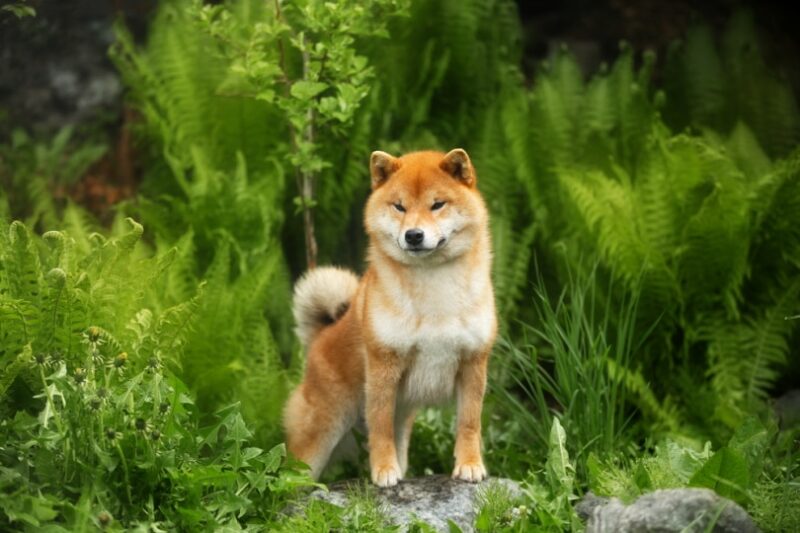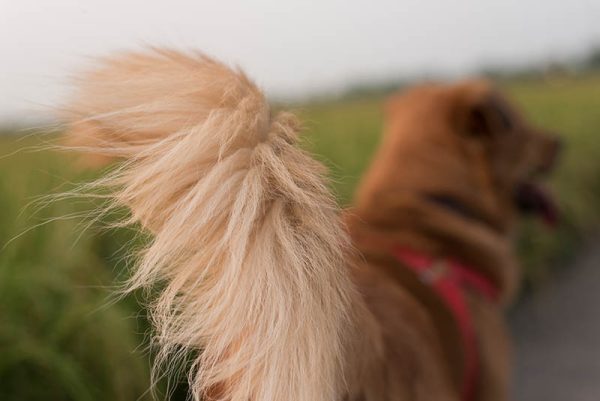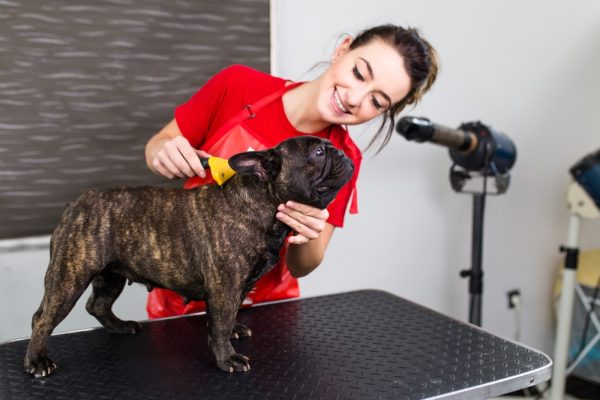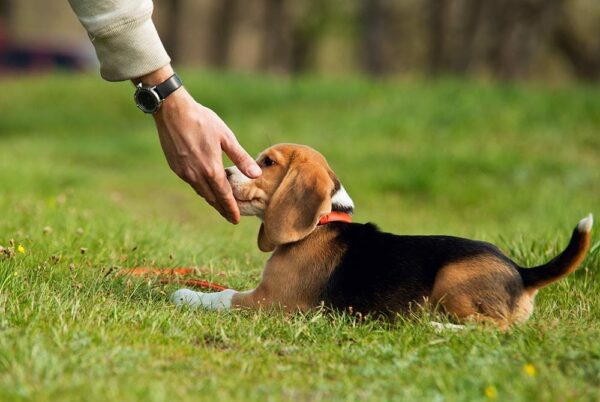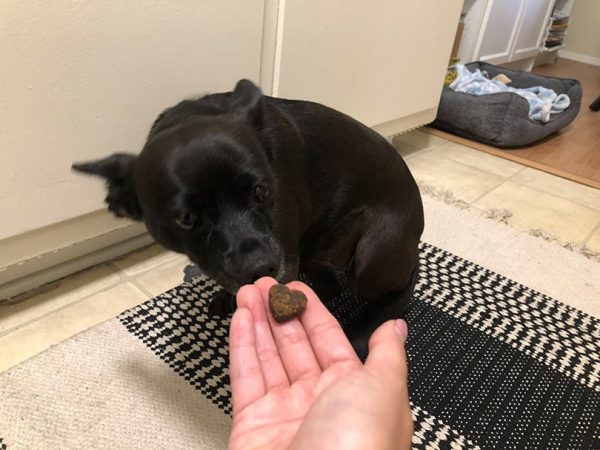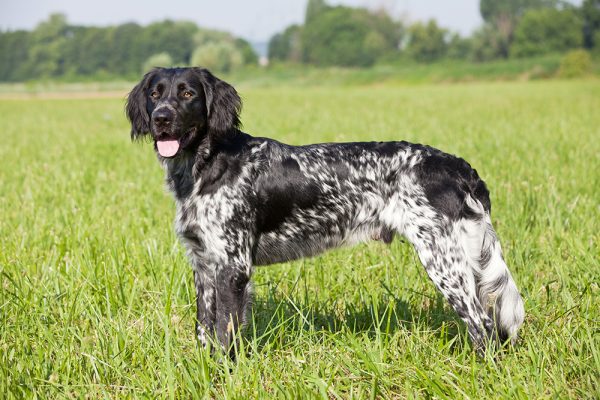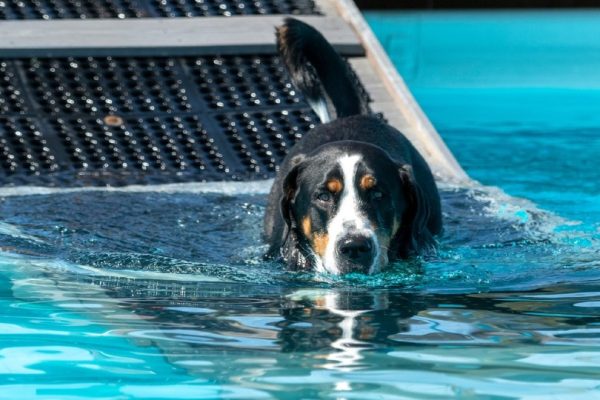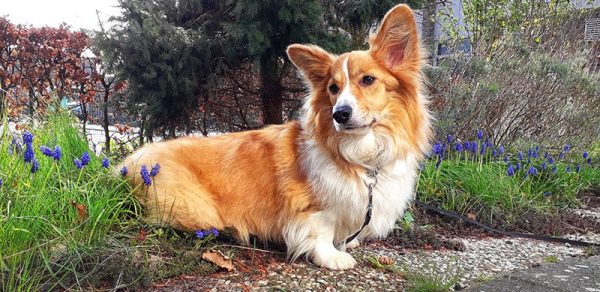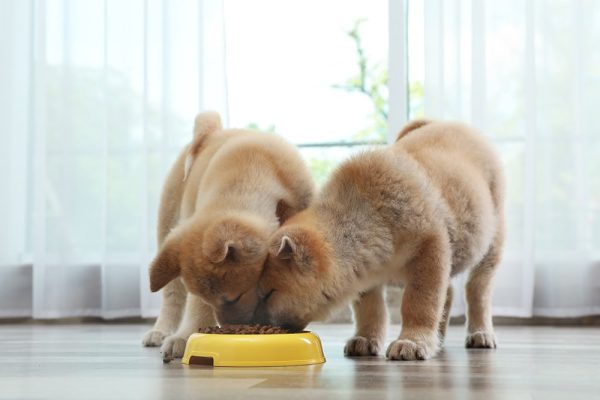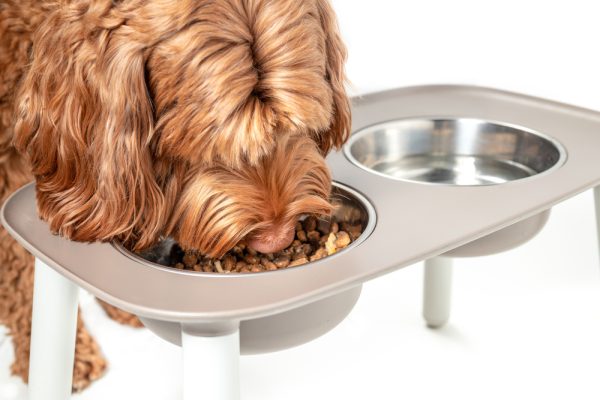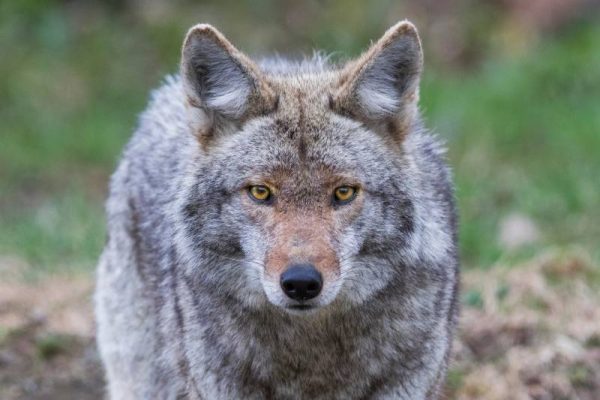In this article
Are you captivated by the enchanting allure of Shiba Inus? With their foxlike appearance and spirited personalities, these compact Japanese dogs have captured the hearts of dog lovers worldwide.
While most people are familiar with the classic red-coated Shiba Inu, did you know they can possess a stunning array of colors? In this article, we will explore the 10 beautiful Shiba Inu colors, including the officially recognized hues and some unofficial variations that showcase the breed’s diversity!

Shiba Inu Background
Originating in Japan, these small and agile dogs were traditionally bred for hunting small game in rugged terrains. Shiba Inus are renowned for their independent nature, keen intelligence, and intense loyalty to their families. With their distinctive foxlike face, erect ears, and curled tail, they exude a charming and unique appeal! Let’s explore the colors showcasing Shiba Inu’s diverse coat palette!
The 7 Shiba Inu Colors
1. Red
The iconic red coat is the most widely recognized color for Shiba Inus. Ranging from a deep, rich red to a warm and vibrant shade, red Shiba Inus display a bold and confident presence. Their striking appearance turns heads wherever they go, making them a true embodiment of the breed.
2. Black and Tan
With a regal black saddle-like pattern and elegant tan accents, the black and tan Shiba Inu commands attention and admiration. This classic color combination exudes sophistication, showcasing the breed’s inherent grace.
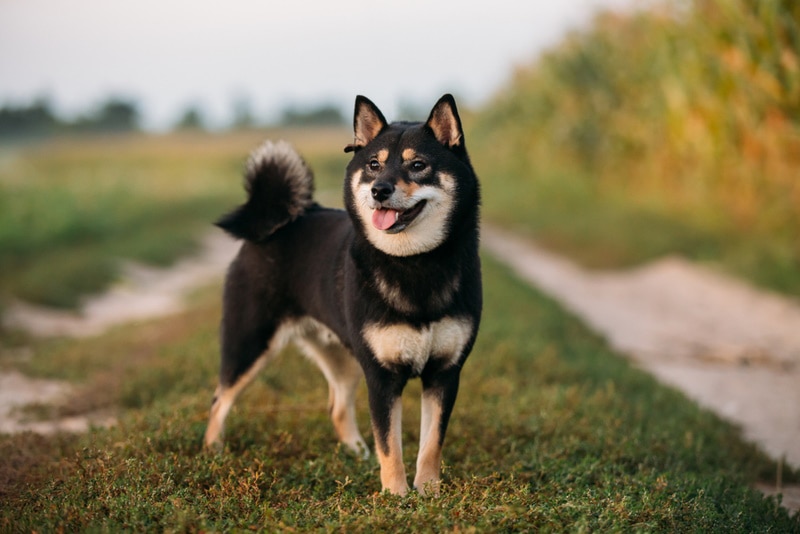
3. Sesame
The sesame Shiba Inu boasts a coat that resembles a work of art. Its individual hairs are adorned with a mesmerizing blend of black and red, creating a captivating mosaic of colors. This unique coat pattern sets the sesame Shiba Inu apart and emphasizes their individuality.
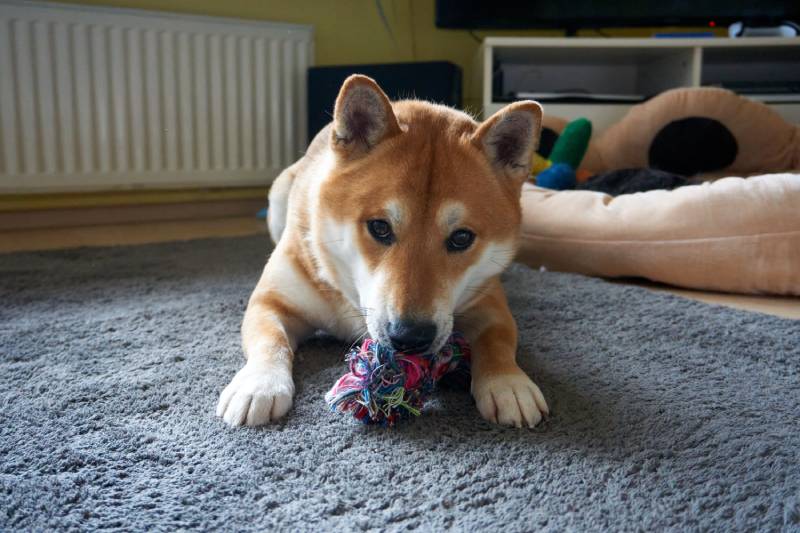
4. Cream
The cream Shiba Inu has an ethereal charm, showcasing a coat ranging from soft, velvety creams to delicate ivory hues. This elegant coloration adds a touch of refinement to the breed, making cream Shiba Inus a sight to behold.
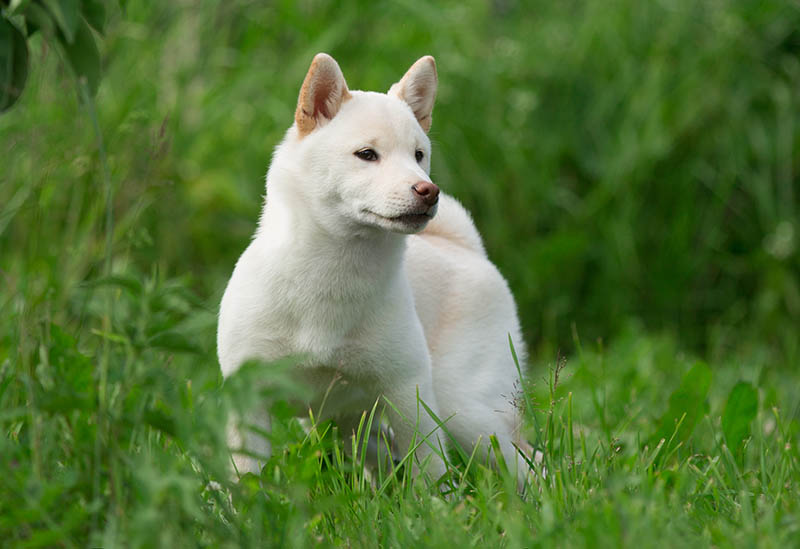
5. Black Sesame
For those captivated by the allure of darkness, the black sesame Shiba Inu is a visual treat. This color variation showcases a captivating blend of black and darker shades of black-tipped hairs, creating a dramatic and alluring coat that will surely mesmerize.
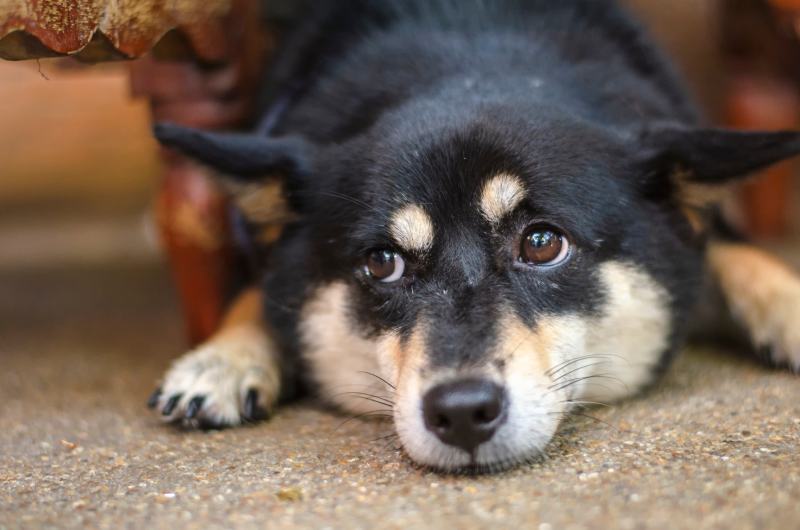
6. White
While predominantly white Shiba Inus are rare and do not conform to breed standards, small patches of white can be found on the chest, paws, or tail tips of Shiba Inus. These delicate accents add a touch of elegance to their overall appearance!
7. Cream Sable
The cream sable Shiba Inu exhibits a lighter base color, such as cream or buff, adorned with darker sable markings. This stunning combination creates a mesmerizing contrast, accentuating the breed’s natural beauty.
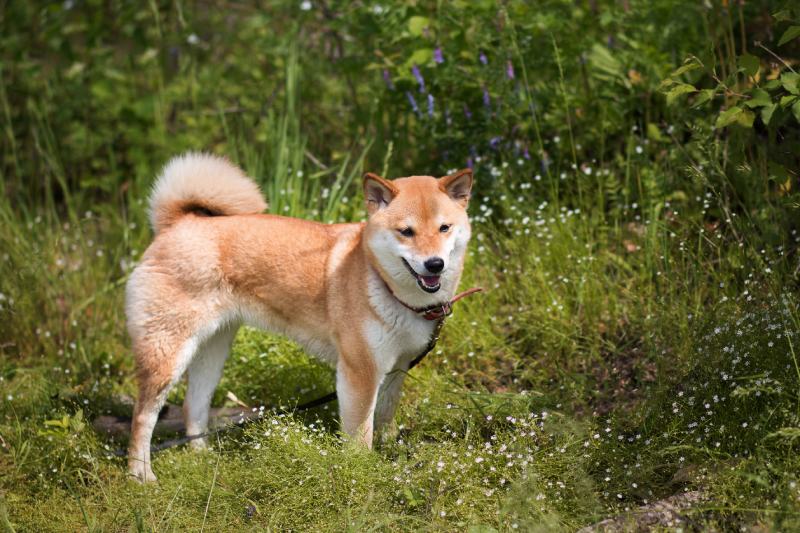

The 3 Rare Shiba Inu Colors
1. Fawn
Fawn Shiba Inus showcase a coat color that is lighter than the classic red shade. Exhibiting light tan or beige shades, fawn Shiba Inus exude a gentle and understated charm, captivating onlookers with their subtle elegance.
2. Blue
The blue Shiba Inu stands out with its unique bluish-gray coat color. Resulting from a dilution of the black pigment, this hue creates a mystical appearance that sets them apart from the more traditional color variations.
3. Brindle
The brindle Shiba Inu exhibits a striking coat pattern characterized by streaks or stripes of darker color overlaid on a lighter base. This variation creates a captivating, eye-catching appearance, highlighting the breed’s innate beauty.

Are All Colors of the Shiba Inu Considered Official?
Did you know that kennel clubs do not recognize some colors? The Shiba Inu breed standards recognize four primary colors considered the official hues for this captivating breed. These colors include red, black and tan, sesame, and cream.
In addition to the official colors, some Shiba Inus can exhibit color variations that aren’t officially recognized by kennel clubs or breed standards. Though not part of the breed standard, these colors still add to the breed’s beauty and uniqueness.
How Do Shiba Inus Have Colors Outside of Breed Standard?
Colors outside the breed standard occur due to genetic factors or the influence of other dog breeds in their ancestry. Genetic mutations can occur, leading to variations in coat color by affecting pigment production, distribution, or expression.
Shiba Inus can carry recessive genes for non-standard colors that may remain dormant for generations until expressed through specific breeding combinations. Introducing other breeds in a Shiba Inu’s lineage can also contribute to the appearance of non-standard colors, as the influence of diverse ancestral backgrounds can manifest in subsequent generations.
It’s important to remember that these color variations do not impact the health, temperament, or overall quality of the Shiba Inu breed. Instead, they reflect the dog’s genetic diversity and add to the individuality and charm of each unique Shiba Inu!
The Shiba Inu Coat
When adopting a Shiba Inu, their beautiful coat is more than just the color. Shiba Inus has a distinct coat that you should properly maintain as a dog parent.
Shiba Inus possess a double coat that consists of a dense, straight outer coat and a soft, thick undercoat. This unique coat composition provides them with insulation against cold and warm temperatures. The double coat also contributes to their majestic appearance and serves as a protective layer against the elements. Regular grooming is essential to maintain their coat’s health and appearance.

Conclusion
The captivating Shiba Inu has a diverse and enchanting range of colors that showcase their beauty and individuality. From the iconic reds, blacks, and tans to the mesmerizing sesame and cream variations, each color variation adds its unique charm to the breed.
While some colors are officially recognized, others exemplify the breed’s adaptability and diversity. Whether you find yourself drawn to the fiery allure of the red Shiba Inu or captivated by the ethereal grace of the cream-coated individuals, the Shiba Inu’s coat colors are as captivating and diverse as their spirited personalities!
Featured Image Credit: Anastasiia Cherniavskaia, Shutterstock
